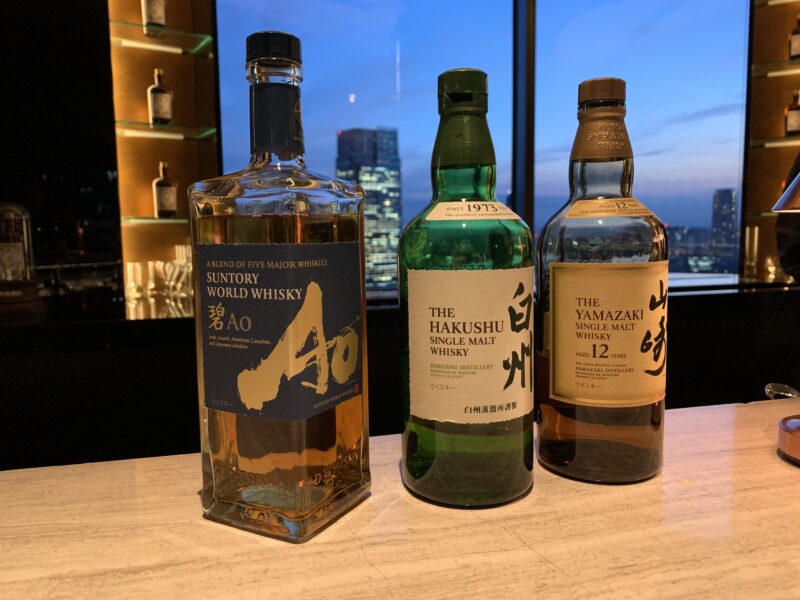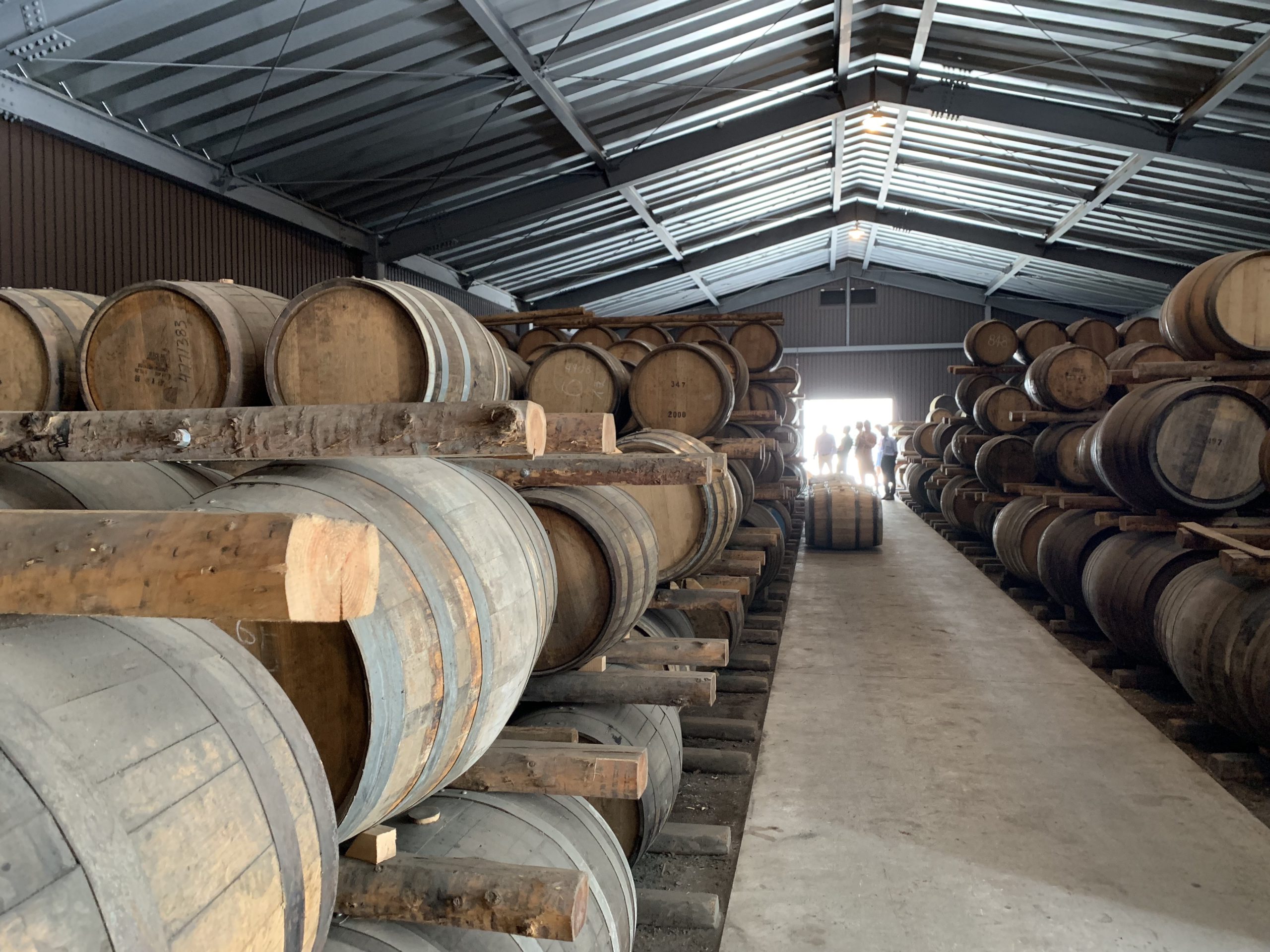In June of 2018, the European Union announced that it would be levying a 25% tariff on all whiskey imported from the United States. The move was a direct response to an import duty imposed by President Trump on EU steel and aluminium just months prior. In October of 2019, the US slapped its own 25% tariff on a wide range of spirits imported from Europe—including single malt scotch. This penalty was a retaliation against illegal subsidies to French airline manufacturer, Airbus.
If you’re having trouble making sense of the escalating trade war traversing the Atlantic, you’re not alone. “We’re in a unique situation,” according to Robert Maron, Vice President of International Trade for the Distilled Spirits Council of the United States. “I can’t think of an analogous time in US trade policy to what we’re going through right now.”
The long and short of it is, the US and Europe are embroiled in a high stakes game of economic hardball. And some of the world’s most widely consumed spirits are positioned as collateral damage. It’s as if you went to see a boxing match between two heavyweights, and instead of landing hits on one another, they’re also exchanging blows with bystanders in the crowd.

Fans of Japanese whisky, on the other hand, have little to worry about directly. US relations with the island nation are enjoying a period of robust bilateral goodwill. In 2019, the countries entered into the first phase of a trade agreement. “It was mainly focused on US agricultural exports and did not require [American] congressional approval to go into effect,” explains Maron. “Phase two, in theory, would result in a comprehensive trade agreement. The negotiations are ongoing.”
And thanks to this unimpeded flow of trade, both nations are now drinking a lot more of each other’s whisky. Of course, Americans have been obsessed with Japanese brown spirit for the better part of a decade. The Japanese, for their part, have been consistently guzzling bourbon since the middle parts of the 20th Century.
But even amidst this contextual landscape, the past two years have been particularly auspicious. In 2019, Japan eclipsed the UK to become the number one export market for American whiskey. And so far this year, Americans are taking in a lot more liquid from the Far East. “U.S. imports of Japanese whiskey have increased 33% in Jan-May 2020 as compared to Jan-May 2019,” Maron points out. It represents a jump from $27.5 million worth of product to $36.5 million.
As any fan is acutely aware, the supply of super premium, age-statement single malts and blends out of Japan is already alarmingly scarce. Their ultra high prices on American shelves reflect this fact. But now they are sitting there alongside bottles of Scotch that are upwards of 25% more than they were just a year ago. Suddenly, the Japanese stuff doesn’t seem so outrageously priced by comparison. The recent sales spike within the category is likely the result of this new reality.
Meanwhile many of the American craft producers that have been adversely affected by tariffs across Europe are finding a small measure of relief in markets on the opposite end of the Pacific. Whisky enthusiasts in Japan are now afforded access to a broader range of bourbon and rye than at any other point in history.

We’re talking well outside the range of the reliable standbys like Beam, Four Roses, and Evan Williams. These are bespoke luxury labels from brands like WhistlePig, which last year released a rye finished in umeshu-seasoned casks; St. George Spirits, producers of their own California spin on a ‘Japanese style’ single malt; and Bardstown Bourbon Company, makers of a rich, sherry-aged expression that will resonate with fans of rich malt from Japan or Taiwan.
In a globalized economy, trade wars have ripple effects observable across every corner of the planet. Thankfully for whisky drinkers in Japan—and fans of Japanese whisky everywhere—these effects have so far remained beneficial. But you never know how these sorts of things can shake out, internationally. Nor the indirect consequences that may be looming on the horizon. Indeed, when it comes to the current trade war, there is no blueprint for how it will conclude. We’re in uncharted waters.
“Since 1994 [the birth year of the World Trade Organization], the spirits industry has been the poster child for how international trade has benefited importers, consumers and manufacturers,” Maron points out. Trade groups in the US, the UK and the EU have been desperately pleading with their respective governments, to remind them of this fact; hopeful for some positive signal to spur momentum. “There’s been more movement in the past 4 or 5 months than there has over the past 15 years.” Thus far, however, it’s all inching in the wrong direction. And that should give all enthusiasts pause. If there’s one thing a discerning whisky palate appreciates as much as quality, it is consistency.
All imagery in this blog was provided by Brad Japhe
Published: August 18, 2020Author: Brad Japhe
